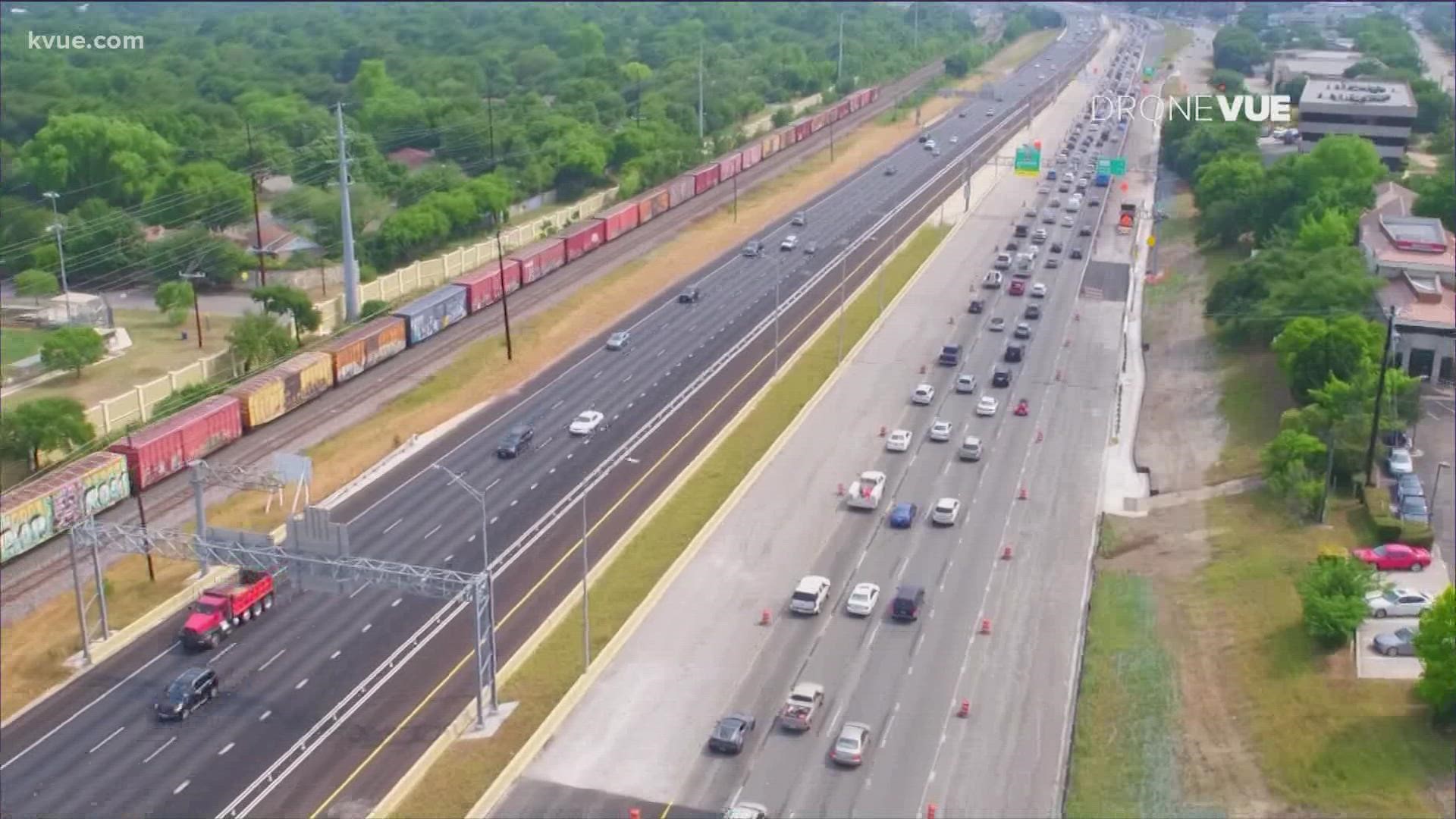AUSTIN, Texas — On Monday, the Travis County Commissioners Court aired their grievances against a project that could potentially extend the toll lanes on MoPac further south.
The court penned a 3-page letter filled with comments on the MoPac South Environmental Study that the Central Texas Regional Mobility Authority is reconsidering after several years.
According to the court, a virtual open house to be held soon will be using information that was made publicly available in 2015 based on the CAMPO 2035 model, a regional transportation plan. However, a newer CAMPO 2045 model has been released in the years since.
"We are concerned that all public comment received during the current comment period will be based on outdated information and should not be used to inform the selection of the preferred alternative," the commissioners wrote.
In their letter, the commissioners call attention to several major changes that have taken place since 2015 such as major highway and toll lane openings and long-rage plan updates, as well as development and population increases.
"Asking the public to comment on outdated materials confuses the public and complicates the environmental study process," the court wrote. "It is problematic since the CTRMA stated that the recommended preferred alternative will be selected based on public input and scores using new data. At this time, the public has no opportunity to provide input on the alternatives based on the new data."
The court is now urging the CTRMA to repeat its virtual open house public engagement period with updated information when it becomes available.
"This will ensure that the public has the best information available when providing input," the court said. "It also will provide the CTRMA with useful, informed public input to consider when selecting the preferred alternative, rather than public input based on alternative analyses done several years ago."
The court is also recommending that the CTRMA explain why the environmental study is being conducted as an environmental assessment (EA) versus an environmental impact statement (EIS), since the project is located in an environmentally sensitive area that contains Barton Springs and Lady Bird Lake.
Other suggestions from the court include: improving visual representations of the materials for the general public; revising the project scope to include evaluating improvements to the RM 2244 intersection at the MoPac frontage road and elements of the CTRMA Barton Skyway Ramp Relief Project; extending the public comment period for an additional 30 days; and evaluating an additional alternative that includes restriping existing lanes to accommodate peak-hour HOV lanes.
PEOPLE ARE ALSO READING:

